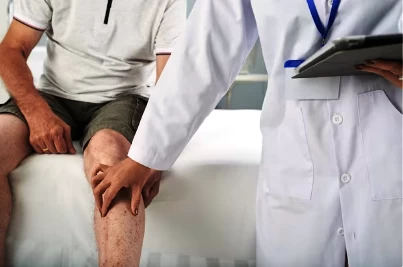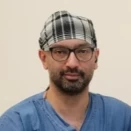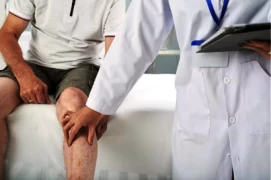
Bone and Joint Diseases
- Bone and Joint Diseases
- The Importance of Bones and Joints
- Musculoskeletal Disorders and Osteoarthritis
- Orthopedics and Traumatology
The Importance of Bones and Joints
The flexibility and durability of our bodies are made possible by the healthy and proper functioning of the musculoskeletal system. The bones and joint connections within the skeletal system are crucial factors that determine our overall health. As we age, it becomes even more important to maintain the health of our skeletal system. Regular check-ups and, if necessary, supportive treatments are essential as the body transitions from a phase of construction to a phase of deterioration.
Musculoskeletal Disorders and Osteoarthritis
When considering musculoskeletal disorders, osteoarthritis, commonly known as "degenerative joint disease," often takes the forefront. Osteoarthritis can be described as the wear and tear of joint surfaces. Joints play significant roles in providing mobility, flexibility, and facilitating social interactions.
An individual with joint degeneration experiences a loss of mobility, weight gain, difficulty in socializing, potential depression, and increased nocturnal pain in advanced stages. These conditions can lead to sleep problems, reduced vitality, and diminished enjoyment of life. Therefore, our joints are incredibly important and worthy of protection.
Osteoarthritis is frequently heard of, with the joint at the base of the thumb being the most commonly affected. As this joint does not contribute significantly to movement, some individuals may consider it a minor complaint. However, after the age of 40, the cartilage surface undergoes significant thinning and degeneration, accompanied by increased risks of pain and restricted movement due to factors such as weight gain and inactivity.
During these periods, it is crucial to examine the knees and ankles, and if necessary, employ imaging techniques. In recent years, studies on stem cells have shown acceptable benefits in joint health, and these methods should be considered in appropriate cases. Utilizing these opportunities can halt or delay the progress of advanced-stage osteoarthritis where cartilage loss is complete.
Through arthroscopy, joint degeneration can be clearly visualized, and stem cells obtained from the body can be applied to damaged areas, effectively addressing patients' issues. In cases where joint damage is extensive, prosthetic treatment may be necessary. Joint surface and mechanics are completely altered with prostheses, providing pain relief and restoring mobility to the joints.

Orthopedics and Traumatology
As someone specialized in the field of orthopedics and traumatology, I can say that this field serves a wide range of individuals. The term "orthopedics" is derived from the combination of "ortho" meaning "straight" and "pedos" meaning "child," translating to "Straight Child."
Orthopedics encompasses everything necessary to maintain the health and proper alignment of the human skeleton throughout all stages of life, from infancy to old age. The stages of infancy, childhood, and adolescence are crucial periods in which bones and joints shape, grow, and develop. Proper nutrition during these stages is as important as engaging in appropriate sports activities or playing musical instruments, as they directly and indirectly affect physical development.
As we age, the shift from bone formation to bone resorption occurs, leading to conditions such as osteoporosis and bone deformities. Traumatology, on the other hand, encompasses injuries that can occur at any stage of life, ranging from sports activities to the demands of working life that involve prolonged standing. Regardless of the severity of trauma, the repair of damaged joint cartilage is a time-consuming process and may sometimes necessitate replacement.
In conclusion, our musculoskeletal system and joints provide us with lifelong mobility, flexibility, and self-confidence. It is beneficial to consult a doctor for orthopedic screenings at regular intervals, not only when a problem arises. By doing so, we can minimize the risk of irreversible issues.



